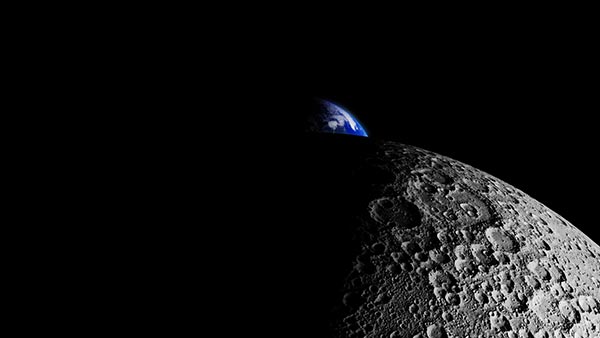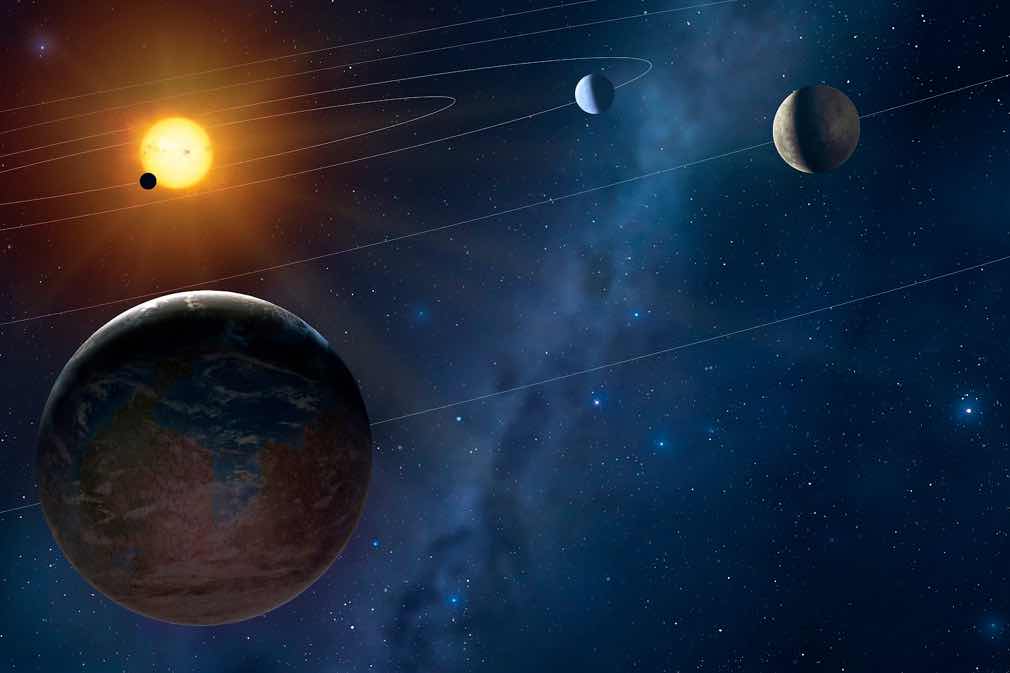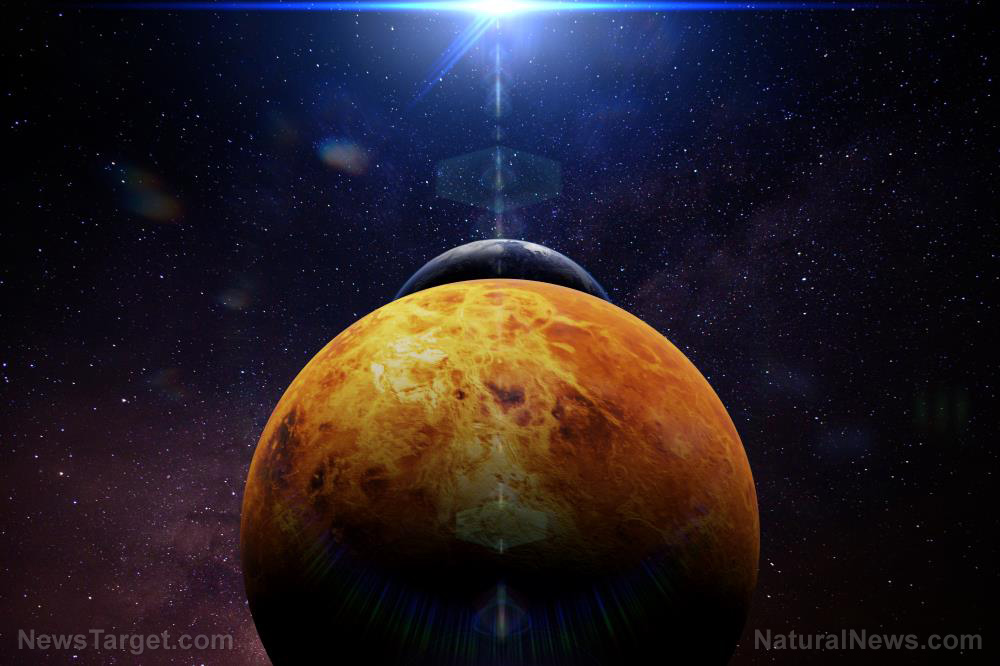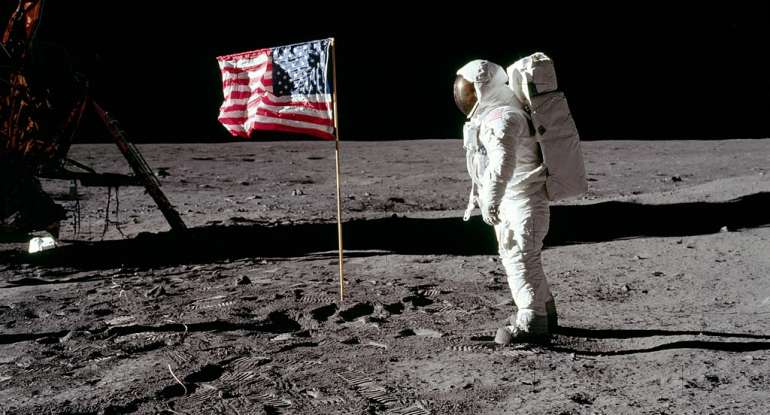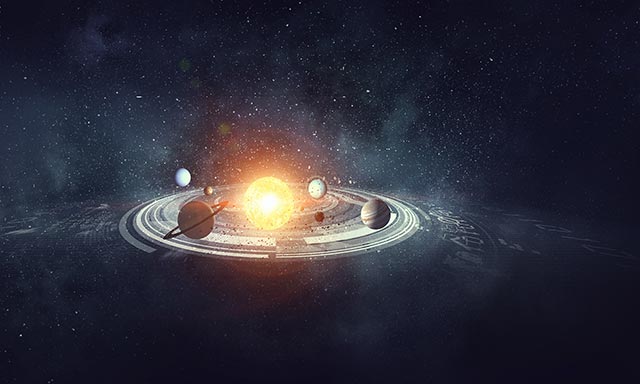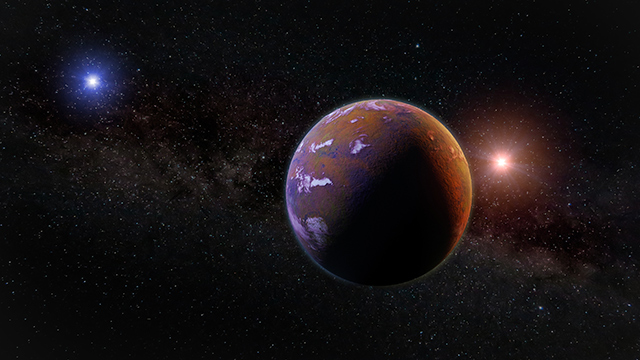Not just a fluke: Study confirms that the universe is expanding faster than expected
11/26/2019 / By Edsel Cook
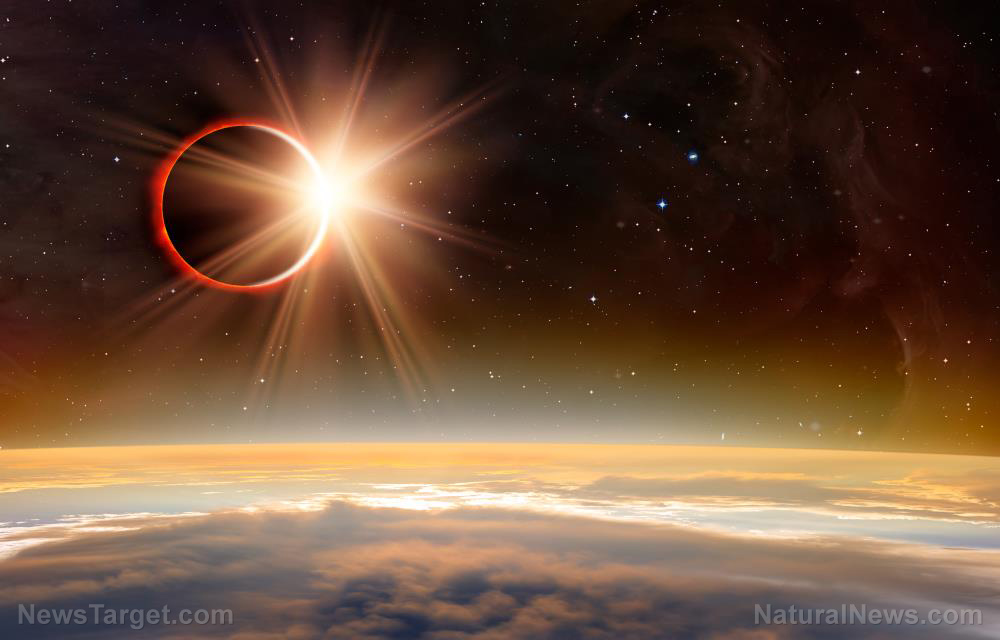
Since its explosive birth during the Big Bang, the universe has been expanding nonstop. Experts recently learned that the cosmos was growing faster than their original estimates.
NASA-affiliated researchers went over Hubble Space Telescope data on distinct stellar types in the Milky Way’s nearest galactic neighbor. Observation of these distant stars made it possible to gauge immense distances across space.
The researchers quickly evaluated the stellar data thanks to a novel method. They used the new data to increase the accuracy of the Hubble constant, the unit of measurement for the expansion of the universe.
Despite the refined stellar data, the Hubble constant still clashed with estimates of cosmic expansion attributed to how the universe acted soon after the Big Bang.
Based on the results of their experiment, researchers at the Johns Hopkins University (JHU) and their colleagues believed that the disparity was not an accident. It might be high time to develop new physics that would explain the cosmos better.
“This mismatch has been growing and has now reached a point that is really impossible to dismiss as a fluke,” noted JHU researcher Adam Riess. “This is not what we expected,” he added. (Related: Bizarre and fascinating: 9 Incredible things about black holes.)
The current universe is expanding much faster than it’s supposed to
Riess’ research team looked to the Large Magellanic Cloud, the galaxy nearest the Milky Way. They snapped rapid shots of 70 stars in that galaxy called Cepheid variables.
These stars cycle through bright and dim periods at regular rates. Cepheids help researchers measure intergalactic distances.
Hubble is limited to observing one Cepheid during every 90-minute-long orbit. To speed up the process, the JHU-led team used the drift and shift (DASH) technique, where they treated the space telescope as a “point-and-shoot” camera to take photos of multiple Cepheids.
The DASH approach made it possible to study 12 Cepheids every orbital period. The JHU researchers used the data to improve the “cosmic distance ladder,” which they used to measure the distance to celestial objects — such as universal expansion.
Further, the researchers combined their new data with the readings of the international Araucaria Project. The latter used a different means of measuring distances to the Large Magellanic Cloud.
The Araucaria team looked for binary stars that eclipsed each other and calculated the dimness caused by the transit. Their data supported their JHU-led counterparts’ efforts to improve the accuracy of Cepheid brightness and other supernova-based methods of measuring intergalactic distances.
Researchers may be missing a piece of the cosmological puzzle
The JHU team succeeded in increasing the accuracy of the cosmic distance ladder. But they failed to get the Hubble constant to match up with the expansion rate of the early universe.
The European Space Agency’s Planck spacecraft gathered data on the state of the universe around 380,000 years after the Big Bang. Planck saw things differently than Hubble when it came to the behavior of the cosmos.
Riess explained that the disparity was not limited to two experiments contradicting each other. Instead, his team and the Planck space observatory measured two fundamentally separate things.
“One is a measurement of how fast the universe is expanding today, as we see it,” he said regarding his team’s findings. “The other is a prediction based on the physics of the early universe and on measurements of how fast it ought to be expanding.”
Riess didn’t have a ready explanation for the disparity between Hubble and Planck’s observations. But he suspected that the current cosmological model connecting the early and current eras of the universe might lack a critical piece of the puzzle.
Visit Space.news for updates on the expanding universe and other studies on space exploration.
Sources include:
Tagged Under: astronomy, Big Bang, cosmic, Galaxies, Hubble Space Telescope, Large Magellanic Cloud, Milky Way, outer space, physics, Space, space exploration, space research, Stars, Universe, universe expansion
RECENT NEWS & ARTICLES
COPYRIGHT © 2017 DISCOVERIES NEWS


